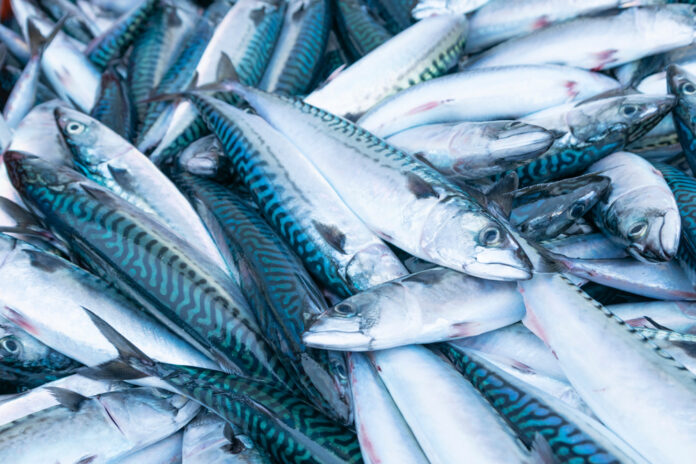The importation is in anticipation of reduced fish supply due to the implementation of the three-month closed fishing season that starts November 1 in waters northeast of Palawan and from November 15 in the Visayan Sea and Zamboanga Peninsula. All three areas are spawning grounds for small pelagic fishes like sardines and mackerel.
Sec. Tiu Laurel said 80 percent of the import volume is allocated for registered importers who belong to the commercial fishing sector while the balance will go to fisheries associations and cooperatives.
A minimum import volume of 112 metric tons, equivalent to four containers, will be allocated to commercial importers while the MIV for fisheries associations and cooperatives will be 56 metric tons, or two containers. Additional import volume will be determined based on an importer’s percentage share of fish landings in the last three years prior to the importation.
The agri chief said importers could apply for sanitary and phytosanitary permits anytime after the effectivity of the DA order to import fish but will only be valid from September 1 and November 30. He said, however, that frozen pelagic fish species could only be released to the market from October 1, while the last batch of imported fish must arrive no later than 15 January 2025.
Fish imported under a certificate of necessity to import must be reported to and consolidated by the Bureau of Fisheries and Aquatic Resources, said Sec. Tiu Laurel.
“BFAR shall encourage importers to immediately trade imported fish to ensure that it doesn’t overlap with local catch by the end of the closed fishing season,” the agri chief said in his order signed on 23 April.
Import allocation are non-transferrable and only importers who don’t have pending food safety cases, who are able to submit Bureau of Customs accreditation or clearance, who have participated in the last three importation activities under the Fisheries Administrative Order 259, and those who have efficiently used their allocation will be allowed to join the latest liberalized importation.
Importers could source out the fish supply from respectable sources and they should not come from illegal, unreported and unregulated, or IUU, fishing.







